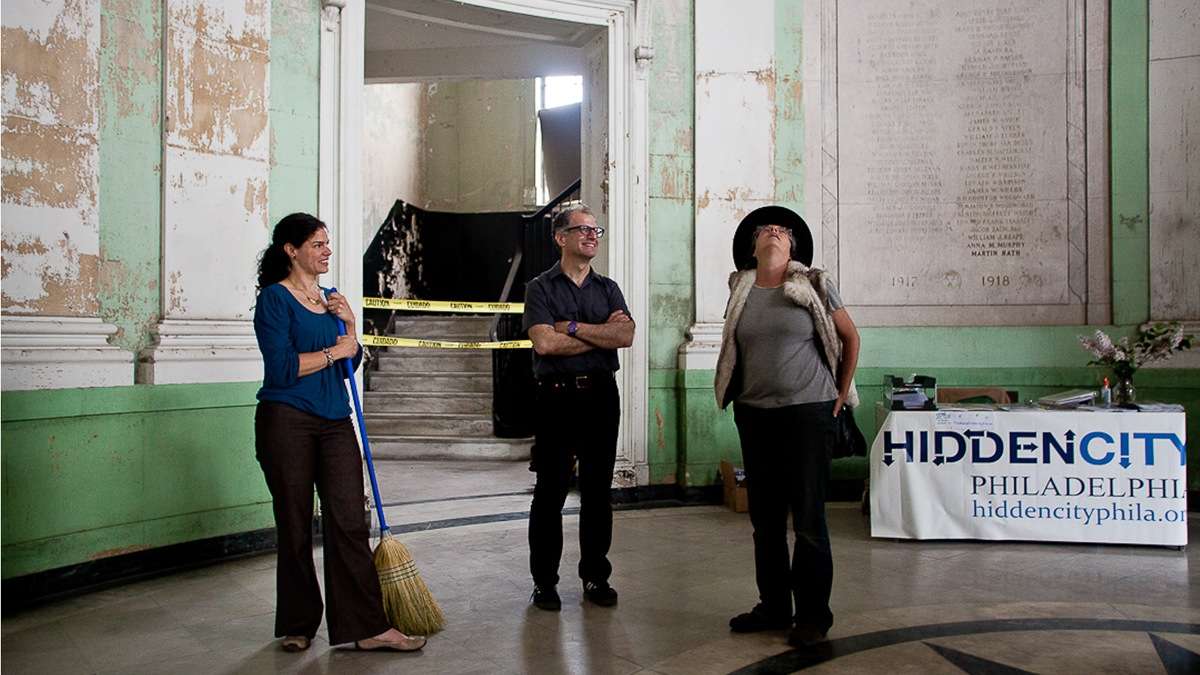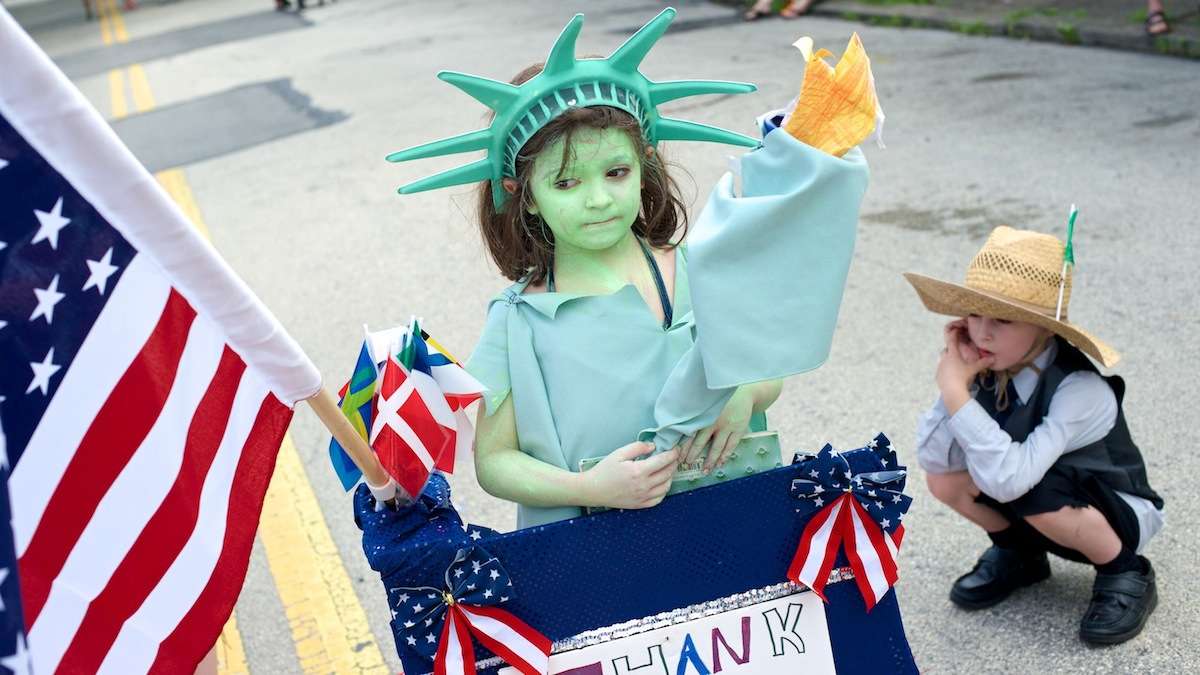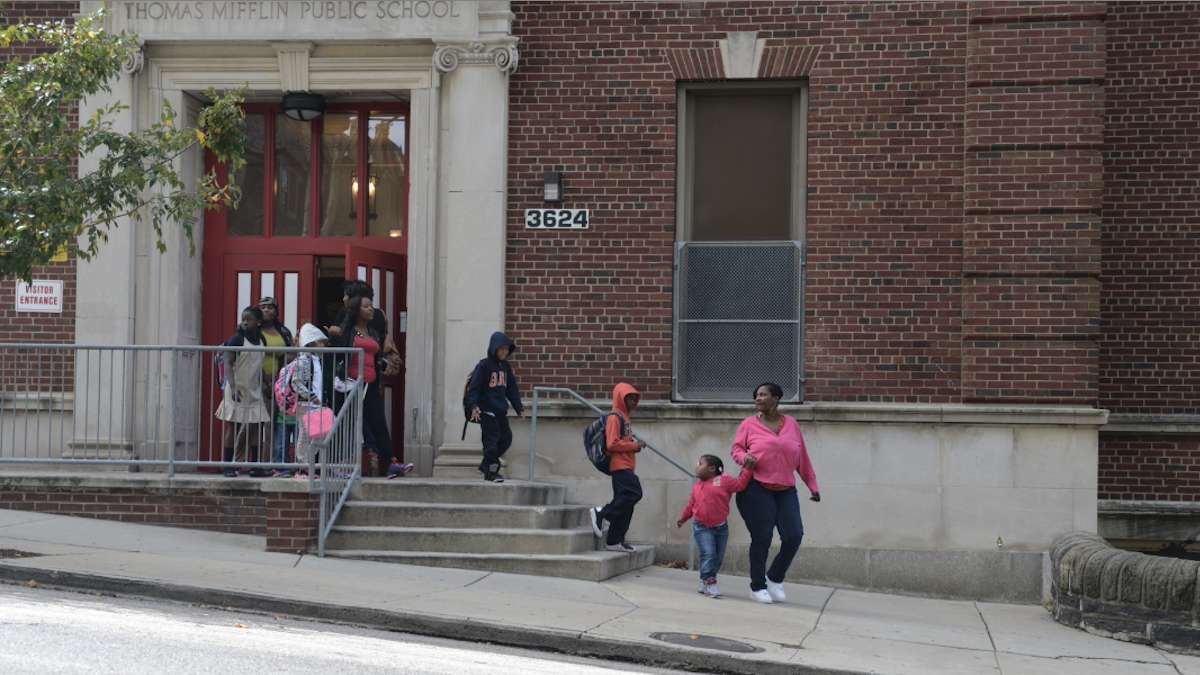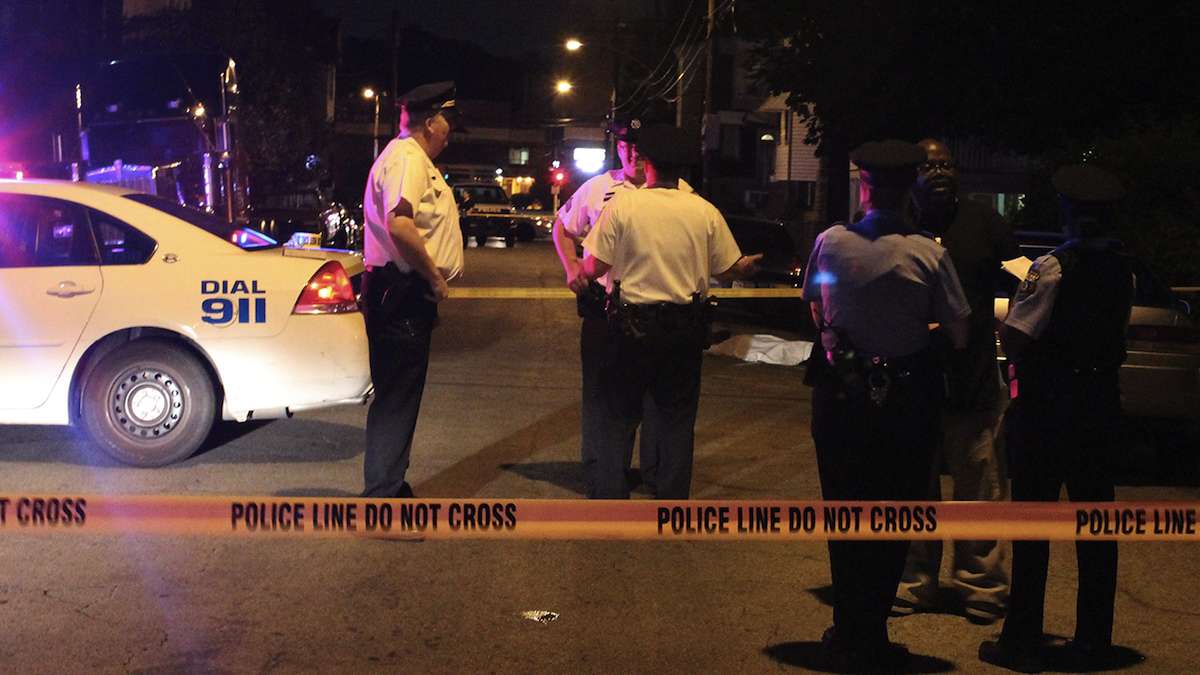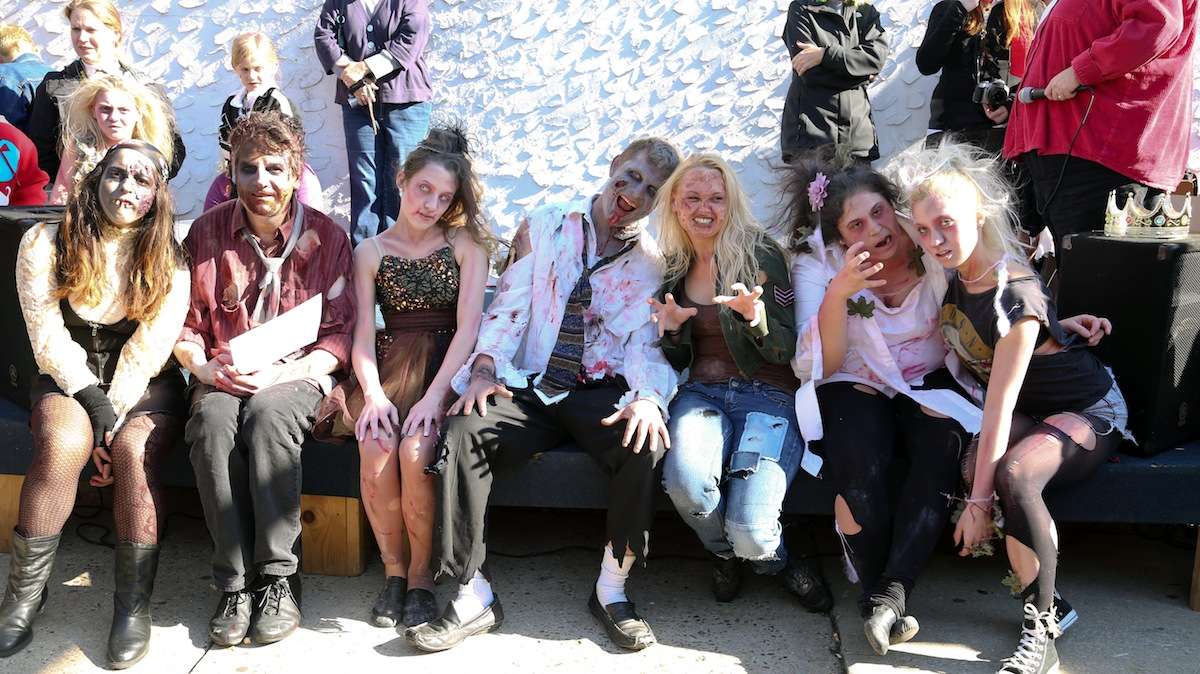The List: Ten N.J. Communities still struggling to recover from Sandy
One year after Sandy, many communities along New Jersey’s coast still have a long way to go to repair their damages. With help from our friends at Jersey Shore Hurricane News, we recently asked readers and residents to tell us which towns and neighborhoods they think deserve particular attention as the recovery continues. Here are some of the most notable responses. Sandy was an unprecedented disaster for New Jersey, so this list is by no means inclusive. Did we leave out somewhere significant? If so, please tell us about it and share your story in the comments section.
1. Ortley Beach (Toms River)
The boardwalk has been rebuilt, but for many residents trying to return to normal life, little has changed in the year since the storm. Few homes have been repaired enough for people to return, and some even still lack basic utilities. Toms River is in the process of condemning and demolishing more than 600 severely damaged houses in Ortley Beach and other coastal areas. Many structures in mainland sections of town like Silverton and Green Island also remain in disrepair. In fact, nearly half of New Jersey’s estimated $4.3 billion of ratables lost as a result of Sandy were in Toms River.
2. Camp Osborn (Brick Township)
Camp Osborn is a neighborhood of 1920s-era bungalows that experienced severe flooding and a fire during Sandy, with close to a hundred homes burning to the ground. A year later, those homes have been demolished, and the debris has been cleared from the site, leaving only an empty, three-acre lot. Camp Osborn’s residents — some of whom lived or had homes in the community for several decades — remain displaced. Many say moving forward could be financially difficult, and current building codes make it impossible to put things back the way they were. Architects have drafted plans to replace part of the neighborhood with a 90-unit condo complex, but the land’s owners have yet to make a decision or formally submit those plans to the township for approval.
3. Union Beach
More than 1,700 homes and rentals — or about 80 percent of this blue collar borough’s dwellings — sustained damage when storm surges enveloped this bayshore community. On Brook Avenue and Front Street, which border the Raritan Bay, large swaths of the neighborhood are now vacant land, and on nearby blocks, many homes remain abandoned. Some residents are temporarily living in RVs parked in their front yards as they await the arrival of aid money.
4. Mystic Island (Little Egg Harbor)
Thousands of homes in this waterfront neighborhood were flooded during Sandy. One year after the storm, many remain uninhabitable and contaminated with mold, with some people just now starting to clean out their furniture and other damaged belongings. While there’s a hum of construction machinery around town, with some homeowners finally starting to rebuild, others — particularly older residents –have decided to throw in the towel, with for sale signs sprouting up left and right. Residents say the community still feels like a ghost town.
5. Beach Haven West (Manahawkin/Stafford Township)
Homeowners in Stafford Township suffered an average of $19,000 in losses from Sandy. In Beach Haven West — a coastal neighborhood of 4,000 residents — pilings are now being driven into the ground to elevate structures, and residents are slowly rebuilding. After protests from town officials, FEMA revised its flood maps for the area over the summer, removing many homes from the “V Zone,” which essentially relaxes elevation requirements. That could help speed up rebuilding for some, but it will likely still be a long-term process.
6. Port Monmouth (Middletown)
Along with the adjacent Middletown neighborhoods of Belford and Leonardo, Port Monmouth sustained widespread flooding, with water from the Raritan Bay and nearby marshlands rising up to people’s doorknobs. Driving around today, it’s hard to get a sense of just how much work still needs to be done, as many homes look fine from the outside. In some cases, residents recently settled with their insurance companies and got enough money to rebuild, but they’ll now need to hold off until the spring, when it will again be warm enough to pour concrete foundations. Some homeowners worry that while nearby communities like Union Beach and Keansburg have received plenty of attention, Port Monmouth has largely been forgotten due to its small size and the fact that many people don’t know where it is.
7. Holgate (Long Beach Township)
Located at the far south end of Long Beach Island, Holgate sustained substantial damage, with the entire community underwater during Sandy, dunes washed away, and some homes swept out to sea. Along with Brant Beach, residents say it was the worst-hit section of Long Beach Island. A trailer park at the end of the island was completely destroyed. Repairs are ongoing, with a swarm of contractors flocking to the area, but everyone’s still waiting on aid money, and matters are complicated by the fact that homeowners often don’t qualify if it’s not their primary residence.
8. Tuckerton
Not far from Mystic Island, Tuckerton was also badly damaged, but it lacks the notoriety of other Jersey Shore destinations. Many residents say the small-town charm is what attracted them to the community at the southern end of Ocean County, but it’s been a double-edged sword in the aftermath of Sandy, with media attention and fundraising efforts largely overlooking the town. In Tuckerton Beach, about 100 out of 600 houses — including the Mayor’s home — have been condemned.
9. Sea Bright
A year after Sandy, 300-400 of the town’s 1,400 people still aren’t back in their homes. And despite popular perception, they’re not all summer homes. Unlike in southern parts of the Jersey Shore, more than half of the borough’s residents live there year-round. Along with neighboring Highlands, Sea Bright recently embarked on a long-term process to reinvent itself and make the borough more sustainable and resilient to future storms.
10. Mantoloking
The affluent community of Mantoloking was one of the worst-hit parts of the Jersey Shore, so it’s not surprising that it still has a long way to go on the road to recovery. Every single one of the borough’s 521 historic structures was damaged or destroyed, and the borough lost nearly a third of its tax base, the most of any municipality in the state. Most of the wreckage has now been removed, but there have been other challenges, like the start of eminent domain proceedings against a handful of property owners who refused to allow construction of a 22-foot-high sand dune on their beachfronts. And there are concerns about how it will make up for the loss in tax revenue in the years ahead.
______________________________________________________
Scott Gurian is the Sandy Recovery Writer for NJ Spotlight, an independent online news service on issues critical to New Jersey, which makes its in-depth reporting available to NewsWorks.
WHYY is your source for fact-based, in-depth journalism and information. As a nonprofit organization, we rely on financial support from readers like you. Please give today.




